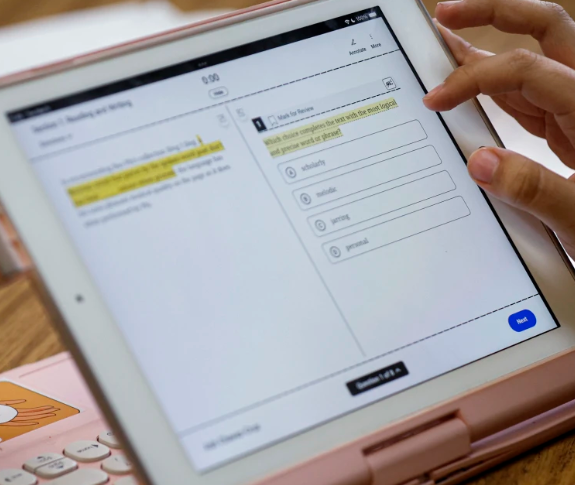What Women Won’t Have: Parental Leave Creates a Disparity In Pay
November 8, 2021
Paternity leave has ended up on the congressional disregarded heap after Sen. Joe Manchin, D-W.V demanded more cuts to the “Build Back Better” proposal.
Parental leave is on the top of many lawmakers’ minds as the affordability of having a child has become a hot topic among policymakers. The Medicare Voucher, which included paid parental leave, was unable to get passed while including it.
Manchin hacked away at President Joe Biden’s “Build Back Better” proposal and is against the inclusion of paid parental leave in the new bill. The four weeks of paid leave was a revision from the President’s original 12 weeks paid leave proposal; now parental leave is not included at all.
The United States of America doesn’t offer paid parental leave and unpaid leave is only twelve weeks. This causes a lot of problems for new families that can’t afford for one parent to take off work for 12 weeks without being paid, let alone two parents.
Wayne Hills freshman Molly Strauss said, “I think it’s unfair that mothers and fathers don’t get any time off after they have a kid, like what are you supposed to do with a twelve-week-old baby, send them to day care?”
The U.S. is the only of forty developed countries that don’t mandate paid leave for new parents, the smallest amount of paid leave required in any of the other 40 nations is about two months says one piece of data from the OECD (Organisation for Economic Co-operation and Development).
The U.S. is the only country in the only industrialized world that doesn’t offer paid leave.
Only 19% of Americans qualify for paid parental leave– the rest have to choose between taking care of their families and getting food on the table.
The unpaid, meek twelve weeks of leave offered to new parents has many unforeseen effects. Member of the Forbes Advisor Staff, Kelly Anne Smith, wrote, “The U.S. birth rate and fertility rate dropped to another record low in 2020; there were 56 births to every 1,000 women of child-bearing age in the U.S.—half of what the birth rate was in the early 1960s.”
A study done by the National Bureau of Economic Research in 2018 found that the gender pay gap is mostly a penalty for bearing children.
The research is done by an economist at Princeton University, Henrik Kleven. He collects his data from a country with one of the world’s best safety nets–Denmark.
Since Denmark’s maternity and paternity leave are both one year it puts both parents on an equal footing by the end of their leaves. But where there is only Maternity leave and in most families people cannot afford to have both parents stay home for a year, it creates an unfair playing field. So by the time a mother, who was on a level playing field before having children, comes back from maternity leave she is at a disadvantage in her workplace for taking care of her family.
A survey done in 2018 by the Fox show, Explained, in an episode titled “Why women are paid less” showed that only a fraction of the population in the US thinks women should work full time when they have young children. The expectation flips when it comes to men, in which the survey shows 70 percent of Americans think that new fathers should work full time. This sets an unfair standard for new parents, creating a pay disparity that statistics show will not be corrected in a women’s lifetime.
One study showed that women who are not caregivers earned 96% of every man’s dollar. While mothers make 82 cents to every dollar a man makes.
Hillary Clinton said in the Television show Explained, “The wage gap isn’t just a women’s issue, it’s a families issue. Women have the right to be mothers without being penalized at work.”
Giving both men and women equal maternity and paternity leave would make leaps in closing the divide in wages of men and women.















